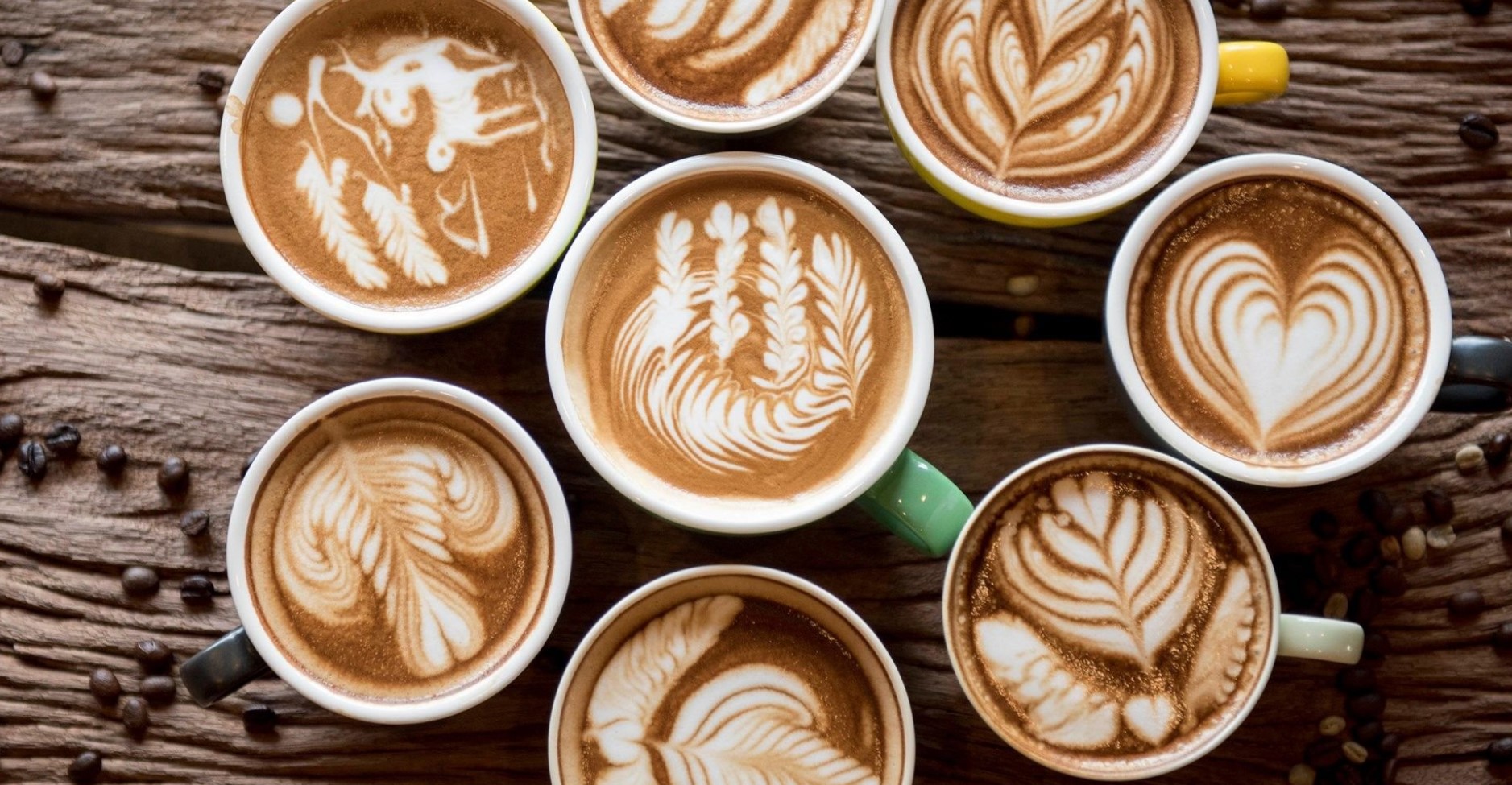
Welcome to the captivating world of latte art! If you’re a coffee enthusiast looking to elevate your coffee experience and impress your friends and family, learning latte art is the perfect way to do it. This guide is designed to take you on a delightful journey through the fascinating realm of Art in Your Coffee: Latte Art Techniques for Beginners.
Understanding the Essence of Latte Art
Before delving into the intricate techniques of latte art, it’s essential to grasp the fundamental concepts behind this art form. Latte art is the practice of creating beautiful designs on the surface of a latte using milk and espresso. It involves pouring steamed milk into the espresso in a way that allows the barista to manipulate the milk’s texture and create visually appealing patterns on the coffee’s surface. With the right tools and techniques, you can transform your regular morning brew into a mesmerizing masterpiece.
Essential Tools for Latte Art
Achieving perfect latte art requires the right equipment. Here’s a list of essential tools you’ll need:
- Espresso Machine: Invest in a high-quality espresso machine with a steam wand to steam and froth milk properly.
- Milk Pitcher: A stainless-steel milk pitcher with a pointed spout is ideal for pouring the milk precisely.
- Coffee Tamper: A coffee tamper ensures even distribution of coffee grounds in the portafilter for a balanced extraction.
- Thermometer: Use a milk thermometer to achieve the right temperature for frothing milk.
- Coffee Grinder: Grind fresh coffee beans to ensure a rich and flavorful espresso shot.
- Latte Art Toolset: Latte art toolsets include small spatulas, brushes, and needles for creating intricate designs.
Mastering the Pouring Techniques
Mastering the pouring techniques is essential for creating stunning latte art. These techniques involve precise movements and control to achieve beautiful designs on the surface of your latte. Here are the primary pouring techniques:
- Heart
The heart is one of the classic and simplest designs in latte art. To create a heart, follow these steps:
- Start pouring the steamed milk from a slightly higher position, allowing it to sink to the bottom of the cup.
- Once the cup is around half full, move the pitcher in a swift, continuous motion while drawing a heart shape on the surface of the coffee.
- Rosetta
The rosetta is a more intricate design that resembles a leaf. To create a rosetta, follow these steps:
- Begin pouring the milk as you would for the heart, allowing it to sink to the bottom of the cup.
- As the cup is nearly full, start moving the pitcher from side to side while maintaining a steady flow to create a beautiful leaf-like pattern.
- Tulip
The tulip design is similar to the rosetta, but with a central line running through it. To create a tulip, follow these steps:
- Begin pouring the milk as you would for the heart or rosetta, allowing it to sink to the bottom of the cup.
- As the cup fills up, gently raise the pitcher and pour a central line through the rosetta pattern.
- Swan
The swan design adds an element of elegance to your latte art. To create a swan, follow these steps:
- Pour the milk in a heart shape as you would for the heart latte art.
- Using a toothpick or a similar tool, drag through the center of the heart to create the swan’s neck and wings.
Pouring Techniques Comparison
Here’s a comparison table highlighting the key differences between the pouring techniques:
| Technique | Difficulty | Design Complexity | Key Characteristics |
| Heart | Easy | Simple | Classic heart shape |
| Rosetta | Intermediate | Moderate | Leaf-like pattern with side-to-side movement |
| Tulip | Intermediate | Moderate | Similar to rosetta with a central line |
| Swan | Advanced | Complex | Elegant swan design with a defined neck and wings |
Remember, mastering latte art pouring techniques takes practice, so don’t be discouraged if your designs don’t look perfect immediately. With dedication and persistence, you’ll soon be pouring beautiful latte art like a pro.
Achieving the Perfect Milk Texturing
Achieving the Perfect Milk Texturing is a critical aspect of creating exquisite latte art. The texture of the milk directly impacts the appearance and taste of your latte art designs. To achieve the perfect milk texture, baristas must focus on two essential elements: frothing technique and steam temperature.
The frothing technique involves positioning the steam wand in the milk pitcher slightly off-center and turning on the steam. As the milk expands, gradually raise the wand to create a velvety and glossy texture. This process ensures that the milk is properly frothed, free from large bubbles, and has a smooth consistency.
Controlling the steam temperature is equally important. The ideal range for frothing milk is between 150°F to 155°F (65°C to 68°C). A milk thermometer is a valuable tool to ensure that the milk reaches the perfect temperature. Overheating the milk can result in undesirable textures, affecting the quality of the latte art.
By mastering the art of achieving the perfect milk texturing, baristas can elevate their latte art creations to the next level. The smooth and creamy texture provides a canvas for creating intricate designs that not only look visually appealing but also enhance the overall flavor and enjoyment of the coffee-drinking experience. With practice and attention to detail, any aspiring latte artist can excel in perfecting their milk texturing skills.
Frequently Asked Questions (FAQs)
- Can I Create Latte Art Without an Espresso Machine? Yes, while an espresso machine provides more control, you can still create latte art using instant coffee or a stovetop espresso maker.
- Does the Type of Milk Matter for Latte Art? Yes, different types of milk, such as whole milk, almond milk, or oat milk, yield different results in terms of texture and taste.
- Can I Use Syrups in Latte Art? Yes, you can add syrups to your latte art creations to add flavor and a touch of sweetness.
- How Do I Clean My Milk Pitcher? Clean the milk pitcher immediately after use with warm, soapy water, and ensure it’s thoroughly rinsed.
- Do I Need Latte Art Classes to Improve? While classes can be beneficial, you can also learn and improve your skills through online tutorials and consistent practice.
- How Long Does It Take to Master Latte Art? The time to master latte art varies for each individual, but with dedication and practice, you can see significant improvement within a few weeks.
Art in Your Coffee: Latte Art Techniques for Beginners opens a world of creativity and joy through your morning coffee routine. By understanding the basics, honing your pouring and milk-texturing skills, and exploring advanced techniques, you’ll soon be crafting impressive latte art designs that amaze and delight. Remember, practice makes perfect, so don’t be discouraged by initial challenges. Embrace the journey and let your coffee become your canvas for artistic expression.
